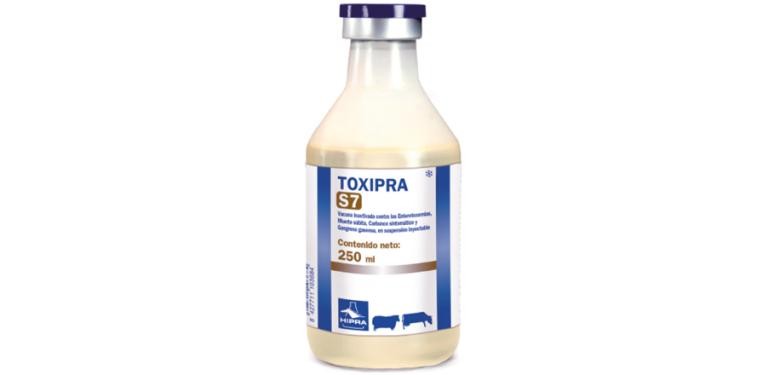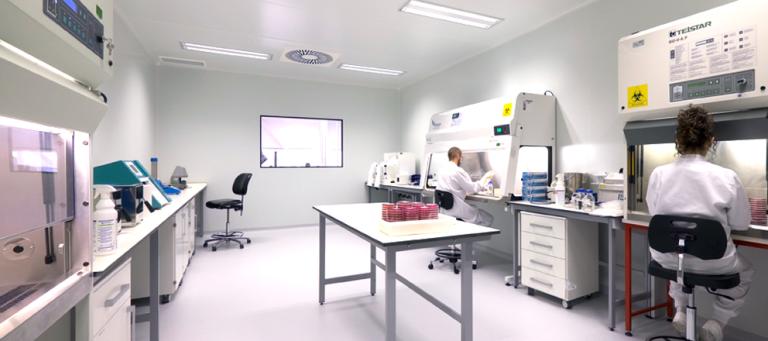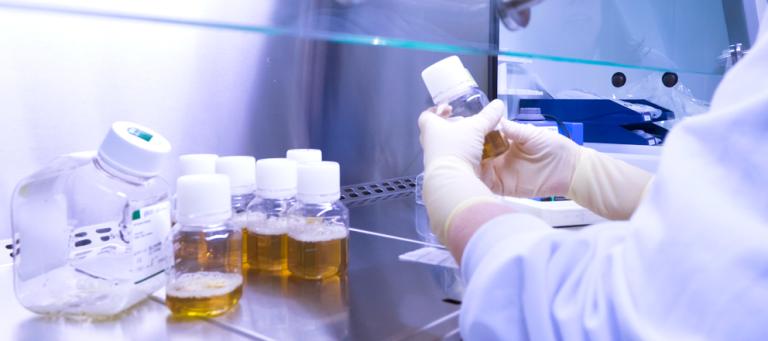As is the case with all infectious abortive diseases, early diagnosis is essential to establish hygiene-sanitary measures and the treatments necessary to limit the clinical and economic consequences of the infection on the affected flock.
In addition, it will allow for the establishment of the appropriate prophylactic or vaccinal means to avoid an increase of abortions in the following years.

































